|
|
|
It has been six months since we moved into our new home. In that time, my husband has pointed out to me on three occasions a decluttering version of "I told you so". After discovering a use for something I chose to get rid of, he has essentially said, "This is why you don't get rid of things you might use." I adore my husband, but I respectfully disagree. In all three cases, I am content with my choice even though it meant replacing each of the items in question. Lest you think I'm a lunatic, I will endeavor to explain.
Ten years ago our youngest son did an experiment in bouyancy for his fifth grade science project. It required approximately 40 ping pong balls which we have retained in our possession ever since (until our recent move). We do not own a ping pong table or have access to one. At one point several years ago I made a vain attempt to repurpose the ping pong balls after seeing an idea on Pinterest. This involved writing tasks/activities on each ball. My son was not nearly as impressed with the idea as I was, and the ping pong balls soon found their way back to the garage. Thus, I felt completely justified in tossing them out when it came time to move. As luck would have it, mere weeks after discarding the ping pong balls, my husband was put in charge of securing supplies for a church youth activity. They planned to play a series of Minute to Win It games, one of which required...ping pong balls. Here's why I do not regret my decision to toss out those ping pong balls:
A couple of years ago we created a cement patio in our back yard. In preparation for the project, we pulled up eight square red brick pavers which have been sitting in our shop ever since. In preparation for the move, I offered them up on Facebook, and they were quickly claimed by a friend. She had the perfect spot for them. They actually solved a problem she'd been battling in her yard, and she was thrilled to get them. Several of the flower beds in our new house are filled with rock. One such bed is a narrow strip between the driveway and the front walk. A couple of weeks ago we decided to space flower pots in the rock to add some color and interest to the area. We decided it would be useful to put down pavers underneath the pots so they would sit flat. Again, my husband pointed out that we were buying something we had only recently given away, but I was completely comfortable defending that decision. Here's why:
We moved in December, and I honestly wasn't thinking much about spring and planting flowers. I was thinking about downsizing. In my zeal to lighten our load, I gave away six or eight mismatched plastic flower pots in varying sizes. All of them were sun faded and some of them were a little cracked around the rim. Now it's May, and I'm busily striving to beautify my new yard and increase my home's curb appeal (see the above entry for details). As we drove to Home Depot to shop for flower pots, my husband jokingly said, "It's too bad we didn't have a bunch of flower pots lying around that we could have used." Haha. I know. I know. Once again, I was unphased by the fact that we were replacing something we had recently owned and given away, and this is why:
Might is a word I hear often as an organizer. "I can't get rid of that because it might come in handy." Or "You never know when you might need a...." Other related words include ought, should, and could. All of these words convey a sense of uncertainty coupled with a vague notion of obligation. Most people, if questioned, would no doubt indicate an unwillingness to let fear serve as a primary motivator for their decisions and behavior. Yet many of us do just that when we succumb to the influence of 'might'. In essence, we let our belongings bully us. We keep things that serve no apparent or meaningful purpose in our lives - things we have no emotional attachment to or conceivable use for - simply because they might be needed. Instead of sacrificing precious space for things that may or may not prove useful at some future date, why not make space for the things you have a use for and interest in right now?
A client recently complained to me that "organizers always say that holding onto things you might need is pointless because you never use them." I admit, I'm guilty as charged. This person went on to express her amazement at how many times she has been saved at the last minute because she held onto something she needed. This well-meaning individual failed to see the flaw in her reasoning, which is this: there is a difference between an actual need/use and a hypothetical one. In her case, she was actually using the things she had chosen to keep. The problem arises when we aren't sure when or if an item will prove useful. If you can visualize a legitimate use for something, by all means, hold onto that item. If, however, you only have an ambiguous notion that it could serve some purpose someday - but no real notion of what that purpose could be - please consider getting rid of the item.
When trying to determine which of your 'mights' are legitimate and which are simply nebulous, I recommend doing a cost comparison. There are many different costs associated with keeping vs. replacing an item. Consider the following:
When it comes down to it, there are a couple of questions we should ask ourselves when considering whether or not to keep the 'mights' in our lives:
There is no wrong answer to these questions. Only you can decide what a particular thing is worth to you, but I encourage you to take the time to think it through. If you decide you value other intangibles over the item, you can feel confident letting it go, even if a use actually does arise in the future. I hope that I have demonstrated through my personal experiences that discovering you could have used something you got rid of doesn't have to be devastating. In fact, it can be validating. In each of the cases I shared, I discovered that what I had wasn't really what I wanted. While the items in question could have been used to satisfy my purposes, I would not have been as happy with the results.
10 Comments
My husband writes books, and I edit them. Editing can be a tedious task. It takes time and concentration to make a careful, deliberate review of the material. When I edit my husband's writing, I am looking for typos and grammatical errors (copy editing), but I am also evaluating the effectiveness of his argument and the fluidity of the text (content editing). I'm not just interested in whether his work is written properly; I'm interested in whether it is written well. I want it to be a true and compelling representation of his thoughts and ideas. It occurred to me recently that decluttering and downsizing are kind of like editing. In fact, the word edit can mean to expunge or eliminate [the unnecessary]. While this definition is highly appropriate to a discussion about removing clutter, I also like applying the more common (grammatical) definition of edit, which is to revise or correct. When we downsize and declutter, our goal shouldn't be limited to removing the excess, but also to setting things right in our environment (i.e. revising and correcting). To me, the ideal space is one that is a true reflection of its owner. Clutter has a way of crowding in and making itself at home, obsuring the purpose and personality of a space in the process. Editing a space allows us to revise its form and function so that it becomes a proper depiction of who we are, what we value, the road we've traveled, and how we like to live. When editing your own or someone else's writing, there are certain things you look for and eliminate in order to make the work the best it can be. The same is true for editing your space.
Mistakes in spelling, sentence structure, subject-verb agreement, and other common grammatical errors are the most obvious to search for and often the easiest to spot when editing a piece of writing. The same is true for mistakes in stuff. In this category I would include anything you purchased, or received as a gift or hand-me-down, which you do not like, need, or use. They are the things people hang onto out of a sense of guilt or obligation, and they could be almost anything. Examples include:
We all make mistakes in stuff on a regular basis. These mistakes help us to refine our tastes. In this way, they are not a waste, and we can feel good about letting them go and moving on with our lives.
To be inconsistent is to lack harmony or agreement, to be at variance. In wiriting, inconsistencies are those sentences or ideas that don't seem to have a place in the overall work. They may be related, but not closely enough to blend well with the rest of the text. They leave the reader wondering, "What's that got to do with anything?" Inconsistencies in our personal possessions are similar in that they do not seem to belong. They seem incongruent. They may be items we have purchased ourselves, or they may be things that we were gifted in one form or another. If you've ever looked at a thing and thought, "This really isn't me," you've encountered an inconsistency in your possessions. Chances are, if you don't like a thing it's because it doesn't speak to you; it's not in harmony with your interests or tastes or conceptions. If that is the case, you can feel comfortable parting with whatever it may be, even if it was given to you by someone else. You need feel no obligation to keep things other people think you might (or even should) like or use. Only keep those things that represent a true reflection of you.
It can be tempting as a writer to restate a concept in a slightly different way for added emphasis, but this practice can grate on readers if it seems as though the author is just repeating himself. While we may not enjoy redundancy as readers, many of us practice it openly with regard to our possessions. Redundancy occurs anytime we have multiples of an item when one or two would do nicely. It is good to have multiples of some things. Obvious examples are bath towels, underwear, dinner plates, and cutlery, to name just a few. In many cases, though, redundancy (or multiples) only increase the clutter in a home without being truly useful. A good way to determine whether or not a particular item is a good candidate for maintaining multiples is to ask yourself:
If your answer is no, you don't use them all because, yes, you do have a favorite, you can feel comfortable getting rid of the extras. They are not serving a purpose; they are just taking up space.
In addition to writing books, my husband teaches history. While grading papers recently, he came across a student whose work was rife with unreasonably lengthy sentences - 100 words or more. For a reader, such lengthy statements are difficult to digest. One gets lost in the middle and forgets what the point of the sentence was or how it ties to other ideas being expressed. The same can be true of possessions, particularly collections. Too much of a good thing is not a good thing. It's tempting when you begin collecting to snatch up any item you encounter that fits your collection. In addition, friends and family often add to collections at gift-giving occasions because it's easy to buy for someone if you know they love ceramic chickens or sports memorabilia or all things Star Wars. As with multiples in other forms (as mentioned in the previous section), some specimens are better than others, and the collector will undoubtedly have favorites. Editing a collection can actually add to its charm and visual impact. A few good pieces will stand out and draw people's attention like a true focal point. On the other hand, a dizzying array of related pieces often reads as clutter to the mind. Nothing stands out and demands to be noticed because everything gets lost in the jumble.
As a military historian, my husband has written on a number of topics (such as the Iraq War, the rise of ISIS, and the War in Afghanistan) which are ongoing in nature. Because these topics are continually evolving, part of the editing process involves making sure that the information included in the book is the most up-t0-date information available at the time of publication. When it comes to our homes, we often don't have to look far to find items which are either outdated or incomplete. Outdated items could include electronics, clothing, media, books, reference materials, software, or calendars and planners, to name a few. They may have gone out of style, been surpassed by newer technology, or contain information that is no longer accurate. As for incomplete items, this would include anything that is missing parts or pieces. For some inexplicable reason, we (including me!) have a tendency to hold onto such things, even though they no longer work properly. Be they puzzles or appliances, they do not deserve a place in your space if they do not work as intended. Both of these types of items are simple to edit as they often have no sentimental or inherent value. Chances are you know exactly where they are located, so finding them and getting rid of them should be easy work. As an editor and an organizer, I hope you will apply these suggestions for editing your space. Doing so serves much the same purpose as editing a written product; it makes the space better, more enjoyable to experience, easier to work with (or within), and nicer to share with others.
Downsizing has been on my mind lately. My husband and I recently downsized extensively as part of a move, I'm working with a couple of clients right now on major downsizing projects, and this past week I helped my mom downsize as she moved to a significantly smaller space. On top of that, my daughter and her family are currently downsizing to a much smaller home as part of a temporary relocation. As a result, I've put a lot of thought into the process of downsizing, how it differs from simple decluttering, and how the two processes are related. While it is impossible to downsize without decluttering, and decluttering certainly reduces the amount of stuff in a space (i.e. downsizing), in my mind there is a discernible, though perhaps subtle, distinction between the two processes. Meriam Webster defines the word declutter as follows: (verb) to remove clutter from a room, an area, etc. You will not be surprised to learn that, as an organizer, I have a fondness for decluttering. Indeed, for me it is a mindset, a way of life. I keep a bag, box, or bin for collecting items I wish to get rid of perched in a designated spot in my garage, and I regularly make trips to the thrift store to make donations. It wasn't, however, until this last move that I felt like I could say I had legitimately downsized my belongings. So what's the difference? The definition of downsize is: (verb) to reduce in size. How is this different from decluttering? The distinction, in my mind, between downsizing and decluttering centers on two factors:
Scope Let's start with scope, or extent. One can declutter, or reduce the clutter, of a surface, a drawer, a closet, a room, or an entire house. On the other hand, downsizing refers to the comprehensive reduction of one's possessions. Thus, the scope is broad and all-inclusive. When you legitimately downsize, it is with the intent of living a simpler life, one that reduces your overall footprint and requires less space. Scale Since decluttering simply involves the reduction of clutter, it can be performed on a small scale - such as thinning out a collection or getting rid of items that are no longer functional. If we wanted to get technical, getting rid of just one unwanted or unneeded item could be considered decluttering. Downsizing, on the other hand, requires a tangible change in the amount of stuff you own. When you downsize, you minimize all of your belongings typically with the intent of reducing the size of your living space. Because the scope and scale of downsizing are much broader than is generally the case with decluttering, the process can be a bit overwhelming, and it can be difficult to know where to start. Since I've had to really think this through lately, I've come up with some suggestions for how to approach the downsizing process. Define and Embrace Your LifestyleOften downsizing is motivated by a lifestyle change. It may be one that you have sought out, as was the case for us, or it may be one that is thrust upon you. Whatever the case, the first thing to do when you are faced with downsizing is to examine your situation. For example:
Thinking about potential changes to your lifestyle that may come about as a result of downsizing will help you come to terms with the process and even look forward to living with less. Instead of feeling like a burden, you can start to embrace downsizing as a means of reducing the burden of unwanted, unneeded, unused stuff. Start with the Easy StuffWhen faced with a major undertaking such as downsizing, I recommend starting with the simple stuff and working up to more challenging tasks. What is the simple stuff? In this case, I am referring to those things that are the least stressful to part with - things that have no sentimental or inherent value. Here are a few examples:
Purge Your PaperworkOne unused, often unneeded, item that people frequently hang onto is paperwork. If you are downsizing, now is the perfect time to get rid of all that excess paper. For tips on how to Declutter Papers and Files check out the Information Management section on this website. Let Your Space Be Your GuideIf you are downsizing but staying in the same place, consider how you would like your space to look and feel. If you are downsizing to a smaller space, examine the new space carefully. Take photos and measurements. Only keep those things that will fit the constraints of your space, whether literal, physical constraints, or intentional, functional constraints you have choosen to apply. Only keep the clothes that will fit comfortably within your closet and/or dresser. Only keep the books that will fit on the shelves you have for which you have space...and so forth. Practice ExclusivityThink of your space as an exclusive club - only the best of the best are allowed admission. Choose your favorites, and part with the things that are just so-so. Choose your favorite furniture, your favorite decor items, your favorite wall-hangings/photos/artwork, your favorite kitchen utensils, your favorite clothes. Imagine a space where all the things that surround you are things that you love. This quote from William Morris has always inspired me in this regard: Search for Versatile SolutionsAs you sort through your possessions for those worthy of keeping, look for items that can serve more than one function. Furniture pieces are a great example. Do you have an item that offers both seating and storage? Or a work surface as well as storage? Be RealisticIf your space is decreasing, it is important to choose items that are correctly proportioned. A queen size bed is obviously a better option for a small bedroom than a king size bed. Choose furniture with slim lines such as narrow side tables, a sleek sofa, a petite table, etc. Avoid overstuffed, bulky furniture. Consider how you will use the space as well. Do you need a separate desk, or can you function comfortably with a folding or portable desk? Or could your dining room table double as a work space? Living with LessIf your downsizing efforts are brought about by necessity, and not by choice, you may be feeling frustrated, overwhelmed, or depressed. It's normal to feel that way in such circumstances. Just know that, while changes is almost always challenging, it also brings opportunities for growth and opens the door for new experiences. Look for the positives that will result from this change of lifestyle. There will be many.
Do you have boxes of old memorabia, awards, kids' artwork, souvenirs, and other odds and ends that you haven't looked at in years? What causes you hold onto these things? One distinct possibility is a sense of obligation. You may be thinking something like:
Or some similar form of self-imposed censure or guilt... The thing is, if the items were truly important to you, they wouldn't be boxed up in the attic or basement or closet. They would be on display or in use because that is what we do with the things that we love. Chances are, you've forgotten about many of the things that lay buried in the bottoms of boxes and stashed in the darkest recesses of your home's storage spaces. While you may enjoy a brief moment of reminiscence upon being reunited with these items, you are not likely to miss them should they cease to inhabit a place in your plane of existence. Still, getting rid of the guilt that keeps you from getting rid of the things you feel duty bound to keep is often harder than getting rid of the items themselves. The good news is there is a way to preserve the memories and relationships and history associated with things without keeping the actual objects. The solution is photographs combined with scrapbooking or journaling. They say a picture is worth a thousand words, but taking the time to add a little information to accompany your photos will only add to the value of the image. Implementing the Photographic Method of DeclutteringSome things are better suited to the photographic method of decluttering than others. You aren't likely, for instance, to feel the need to photograph kitchen utensils or other tools that you no longer use in order to preserve a memory of them. Indeed, you are also not likely to feel duty bound to keep such items. The kinds of things that can be well-preserved with a photograph are the kinds of things we hold onto for sentimental reasons - they remind us of someone or something that we value. Let's look at a few examples and how to use photographs and journaling to let things go. Kids' Artwork Kids tend to be prolific artists. While some of their work is truly memorable and worthy of preservation in its original form, the sheer volume makes it difficult to justify keeping all your child's artwork. Instead of storing boxes of underappreciated art, photograph or scan your kid's creations. You can then use the photos to create other things like calendars, stationery, notecards, coffee mugs, coasters, and more. Consider taking a photo of your child with his or her creation, or if they are making it at home, photograph them in the process of creating. You can also take a video of them working on their masterpiece and ask them to describe it to you. Certificates A cheap and simple way to recognize or thank someone within an organization is to give them a certificate. The important thing to keep in mind when sorting through piles of certificates is that the real value is in the gesture, not the piece of paper itself. Some certificates are worth keeping, others can be disposed of down the road. Only you can determine which is which as it is a personal decision. One nice thing about certificates is that they fit nicely into page protectors which can then be inserted into scrapbooks. Whether you decide to photograph a certificate or keep the original, I recommend writing down the circumstances under which it was received. While the who, what, and when may be included on the certificate, a brief explanation of the larger context can add meaning, particularly for children and grandchildren when the time comes for them to sort through your things. Trophies and Awards My husband served for more than 28 years in the United States Army. In the military awards are often given at the end of each assignment and are often accompanied with a gift (usually a wall hanging of some sort). For part of my husband's military career, he worked extensively with foreign militaries who also felt the need to provide him with gifts, often just for visiting their unit or for some other brief interaction. For many years, we kept the vast majority of these items in boxes. When we bought our first home near the end of his career, we decided to create what my husband calls an "I love me wall" to display all the things he had accumulated over the years. We chose a stairwell and used it to create a collage wall (walls, really). Then we moved, and there was no such space in our new home, so we decided it was time to be discerning about what we kept. Certificates were removed from their frames and placed in page protectors as described in the previous section. Some items were tossed out. Others were photographed, and a select few made it onto a new display wall in the basement. Of the items we opted to photograph, the following information was included:
Similar efforts could be made to preserve children's sports trophies and other common awards. Take a photo of the child with their trophy (preferably in their uniform, and ideally with their coach). Then write down the key information.: the name of the league they played in, the time frame, the coach's name, their win-loss record, what position the child played, his or her stats for the season, and any other relevant information that you or your child might like to recall at some later date. Souvenirs Souvenirs can take many forms from a pamphlet or ticket stub to a cheap trinket to an expensive artifact. We often hang onto all of them, no matter their value. Paper souvenirs can easily be placed in a scrapbook along with photos of the event or vacation with which they are associated. Other bulkier items require some consideration. Often in the midst of a vacation, a cheap knick knack may catch our attention. Once home, these inexpensive remembrances frequently end up in a box of "keepsakes'. That's fine if you have endless space to store stuff you rarely (if ever) look at. If not, consider photographing the less-than-display-worthy items and then getting rid of the objects themselves. Once again, it is recommended that you record any relevant information about the event or vacation to accompany the photograph. Where is it from? When were you there? What was it about the object that initially appealed to you? I've just listed a few of the general kinds of items you might consider photographing as a means of decluttering. Now that you have a feel for this approach, consider applying the photographic method of decluttering as a means of downsizing any memorabilia or other knick knacks you may have stashed away in boxes somewhere. It's simple. Take a picture and toss the item. Be sure to document the item's significance in writing. Then reclaim the storage space those items have been hoarding. You may find that you actually get more enjoyment out of looking at the photos than you ever did having the items stashed away in boxes out of sight.
My husband and I have recently undergone a major decluttering effort. We have thrown out, given away, or sold a ton of stuff, and it has been amazingly satisfying. As an organizer, I am well-versed in the typical benefits of decluttering such as increased space and decreased stress, but on a personal level, decluttering has blessed my life in a number of unanticipated ways. These unexpected benefits of decluttering have been my favorite part of the process. If decluttering is on your to do list, and you're looking for a little extra motivation to get the ball rolling, consider these added perks that come from decluttering. NOTE: Our decluttering was associated with a move, but you don't have to be moving to enjoy the benefits identified here that can result from a concerted decluttering effort. Open Up New Possibilities for Your SpaceBy freeing up space within your home, you open up new opportunities for utilizing your space. Have you always wanted a craft room? Getting rid of unnecessary clutter could free up the space you need to make your dream a reality. Do you need a home office or a space for your kids to do Zoom schooling? Downsizing items that no longer fit your lifestyle and interests can free up the space you need to realize your current needs. These are biggish examples here, but new possibilities for your space can be realized on a smaller scale as well. For instance, by downsizing books we opened up space on our bookshelves for our scrapbooks. We have lovely scrapbooks that have been sitting on the top shelf of a closet for more than a decade neglected and unappreciated. I'm excited to have them readily available to flip through and share. Become Reacquainted with Your StuffSomething I didn't anticipate when I started decluttering was the increased access it would give me to things I either forgot I had or never used because they were shoved so far back in the cupboard it was difficult to get to them. This was especially true in the kitchen. Since getting rid of unused, unneeded items, I have lots more room in my cupboards, and I have enjoyed rediscovering some of my old favorite things. Discover New Ways to Reuse Old ItemsSometimes you have things you really love, but they no longer work in the way you originally intended. If you really love an item, think about ways to repurpose it - I'm not talking about turning old colanders into planters (although that sort of thing can be fun as well). I'm talking more about finding a new home or a new purpose for an existing item. I've had a blast finding new uses for furniture items, baskets and bins, and even knickknacks. I'll share an example. Many years ago we had a custom china cabinet built to house our collection of Palestinian pottery and dishware (along with a lot of other stuff). It is massive and very 1990's in it's design. I loved it when it was new and for many years after, but it no longer coordinates with any of our furniture and we have fallen out of love with it., so we decided to sell it. Selling the china cabinet was a no-brainer, but it left us with a problem - what to do with our beloved collection of pottery and dishware. At first we thought we would buy a replacement piece, but we couldn't find one we liked. Then we discovered that our new bigger bedroom closet allowed us to downsize by one dresser. The dresser we opted not to use in our bedroom is a beautiful piece of furniture that I absolutely love. No way did I want to get rid of it, but it seemed as though it no longer served a purpose - until I decided to use it as a replacement for the china cabinet. It's both unique and functional. It blends well in the space (despite the fact that it's a dresser) and my china, table lines, and other odds and ends fit inside it beautifully. Rethink Your Priorities, Interests, and GoalsDownsizing affords you the opportunity to reassess what matters to you here and now and let go of things that no longer have value in your life. For example... As we were leaving the old house, I packed up all my craft supplies. As I was unpacking at the new house, I quickly realized that I was not going to have space for everything without purchasing some furniture pieces and storage solutions to contain it all. After a little thought, I decided that I wasn't willing to pay the price in money or space to store stuff I hadn't used in years. Instead, I opted to think through what I would actually use and get rid of the rest. I ended up getting rid of several boxes of things I had either bought and never used (and couldn't recall my original intent for them) or that were left over from long completed projects. What remains are items that appeal to my current interests and goals. Develop a Healthier Relationship with StuffI'm always telling people that decluttering is liberating and rejuvenating, and I have been reminded on a personal level recently just how much truth there is in that claim. It's exhilarating and satisfying and uplifting to walk into a clutter free space knowing that you are surrounded only by things that have meaning and value in your life today. Some of those things may be mementos, others may be tools, and still others will be toys (or things that entertain you). Whatever their purpose in your life, the joy comes in the fact that they serve a meaningful purpose - even the boring but highly practical items. Things take up space not only in the physical world, but also in our minds. Unwanted, unnecessary, and unused items weigh us down by taking up space in our homes and weighing on our consciences. Letting go of such things, allows you to enjoy your possessions rather than be burdened by them. Give It a Try!Decluttering is worth the effort. The benefits are legion. In addition to the unexpected benefits identified here, decluttering saves you time, money, and space. It reduces stress, increases productivity, improves peace of mind and nurtures a sense of empowerment. I encourage you to give it a try. Then please share how this process has blessed your life. I'm always looking to expand my list of the benefits of decluttering!
I consider myself a purger. As an organizer, it's in my blood. Every couple of months I make a run to the thrift store to drop off donations. As such, I did not expect to have much to do in the way of downsizing when we decided to move homes recently. To my surprise, the opposite has been true. To my delight, I have greatly enjoyed the process. I know that for some people (indeed many people) downsizing is intimidating and even painful, but I want you to know that is doesn't have to be. Sure, it takes effort, but it's an effort that pays dividends in emotional and psychological benefits. Why Downsizing Can and Should Be a DelightI have found that every item that passes through my door bound for some location other than my new home leaves me feeling a little lighter. Not only is it one less thing I have to move (and at this point in the process that prospect has real value to me), it's something I no longer have responsibility for. Have you thought about your stuff in those terms before? Every item we own is an item we are responsible for. It's an item we have to clean and maintain and house. It's also an item we are one day going to leave to others to deal with. Knowing that I have fewer things for which I am accountable leaves me with a sense of relief. Another thing I love about downsizing is the opportunities it opens up for creating the home I want. The less junk I have, the more space there is for the things I truly love and value. The easier it is to find things. The confining, crowding effects of clutter are replaced with a sense of tranquility and calm. Does It BelongMoving provides an ideal opportunity to downsize. One way or another, whether you're moving yourself or paying someone to do it for you, there will come a point in the process where you will handle every item you own. It could be going into a box or onto a truck, or it might be coming out of the box or off of the truck. If you're doing it all yourself, then you get the bonus of two opportunities to consider each item's fate. Such is the case with our move. I highly recommend mindful packing/unpacking. Before putting forth the effort to pack an item and transport it to a new location, ask yourself where it fits in your new home and the lifestyle you hope to enjoy there. If an item passes this test only to cause you stress on the other end as to where it belongs, ask yourself if it does belong. Too often we get caught up in the value of an item, either emotionally, financially, or practically. Instead, try thinking about how an item fits into your space and your lifestyle. Things can have intrinsic value without having value to you personally. It's okay to let go of such things. In fact, it's advisable. The Downsizing ProcessOur downsizing process has been multifaceted. When I first started setting things aside to get rid of, I pictured myself having a sale. The time of year and the effort involved (not to mention the time) have caused me to rethink that plan. With one exception, we have given away (or thrown away) every item we have parted with. Here's how the process has unfolded:
Downsizing Is For EveryoneYou don't have to be moving to enjoy the benefits of downsizing. You just need a little motivation, a little energy, and a little time. If you've been meaning to downsize, let this be the impetus to get you moving in that direction. I promise you'll be glad you made the effort. Letting go feels good! It's liberating to release things that no longer serve a purpose in your life, and it's rewarding to find them a good home.
One of the things that has surprised me the most about this process is how many items we have held onto that were in some way damaged or unserviceable. Such things are easy to get rid of and are rarely, if ever, missed. Try starting with these items to build your motivation and go from there. You can do it! |
Archives
November 2022
Categories
All
|
Proudly powered by Weebly
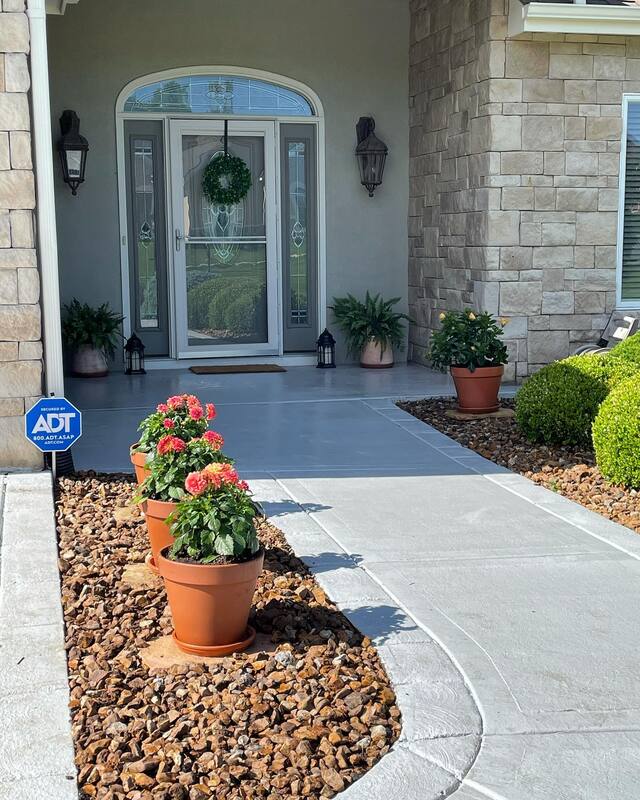
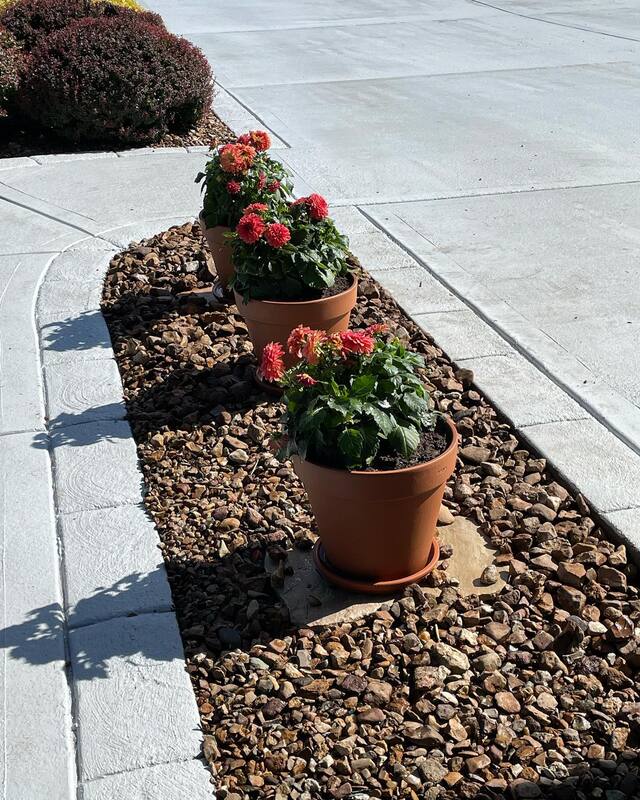
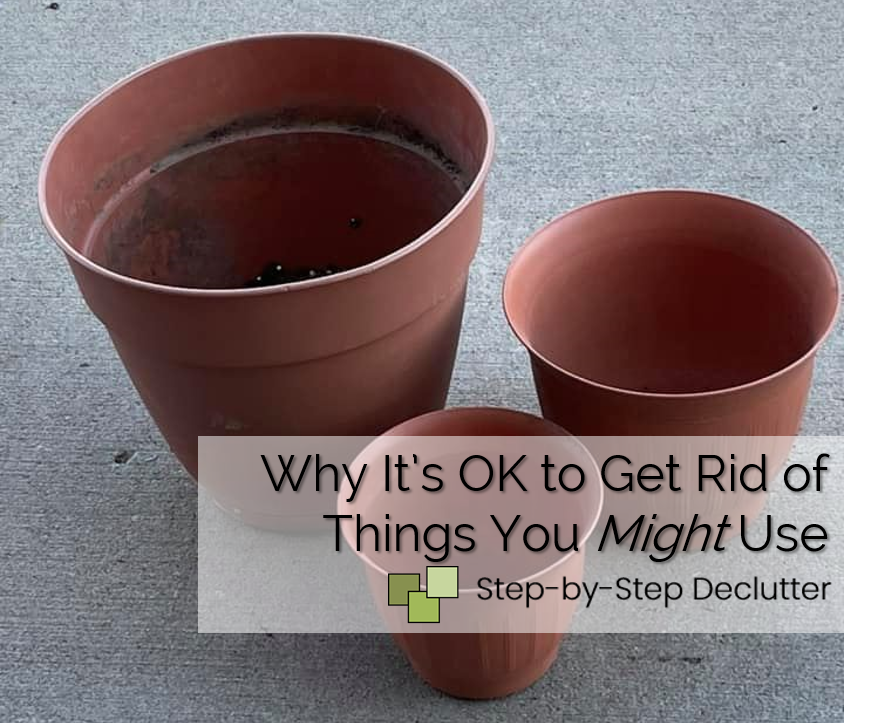
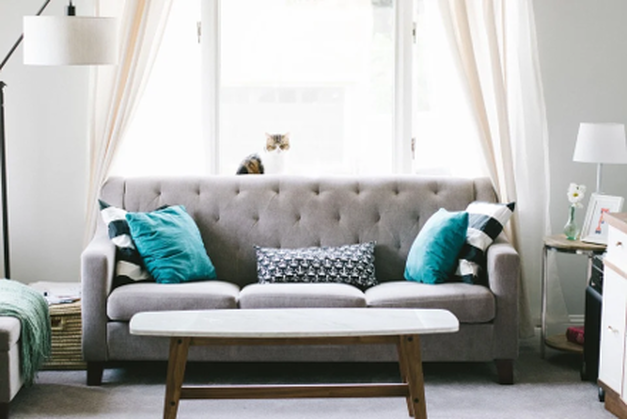
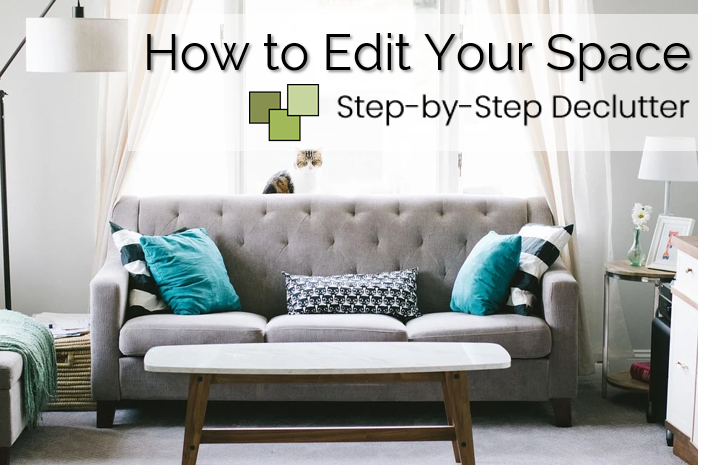
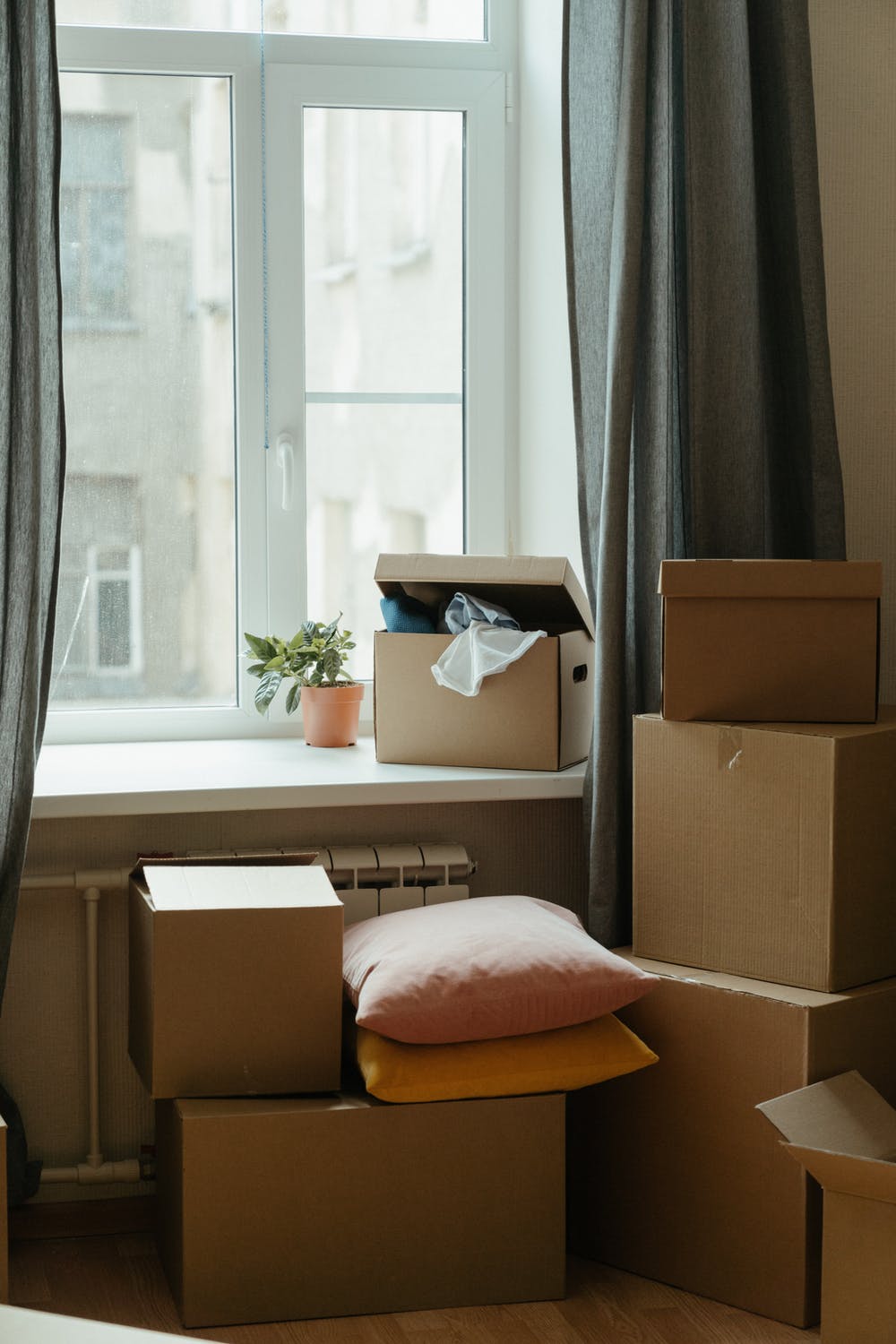



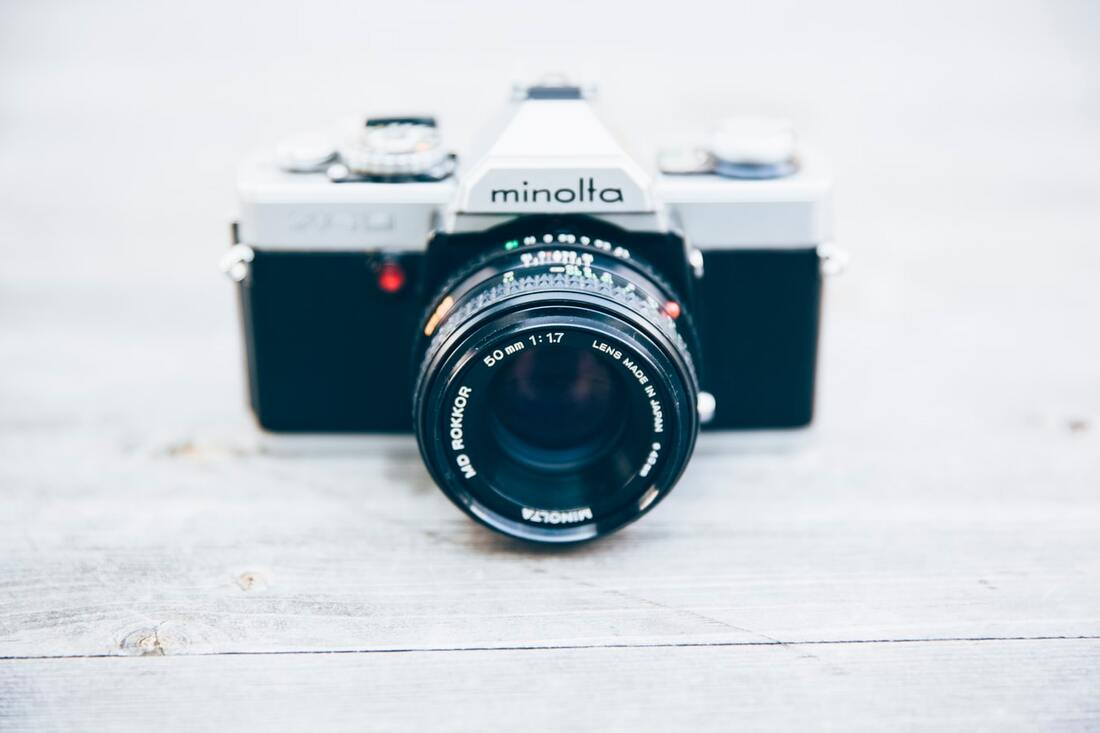
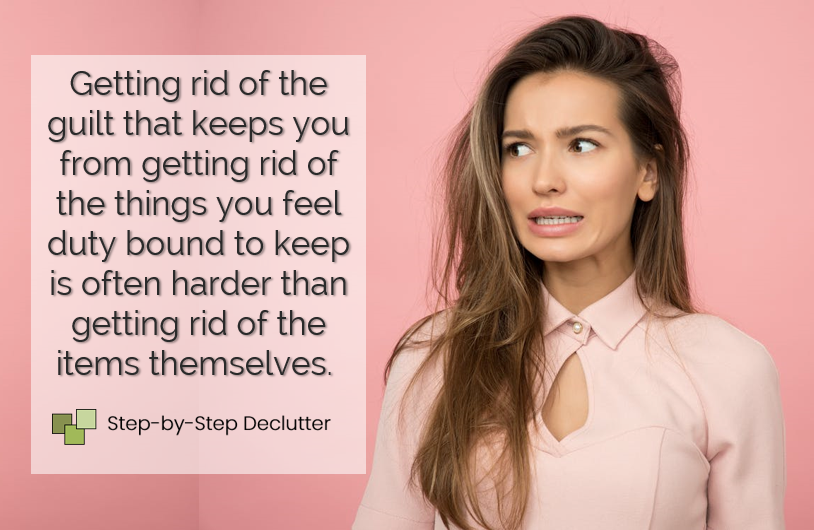
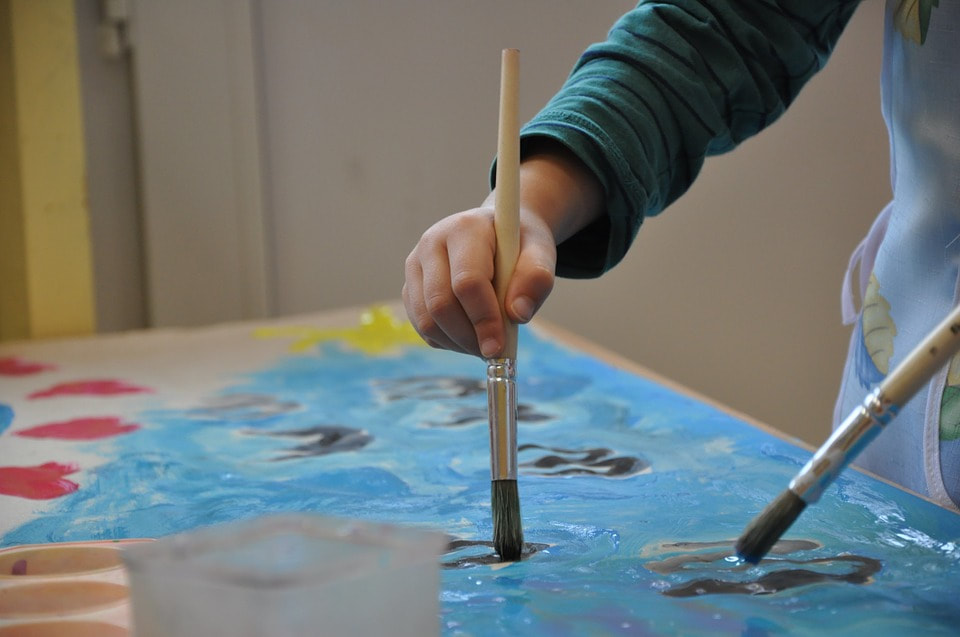
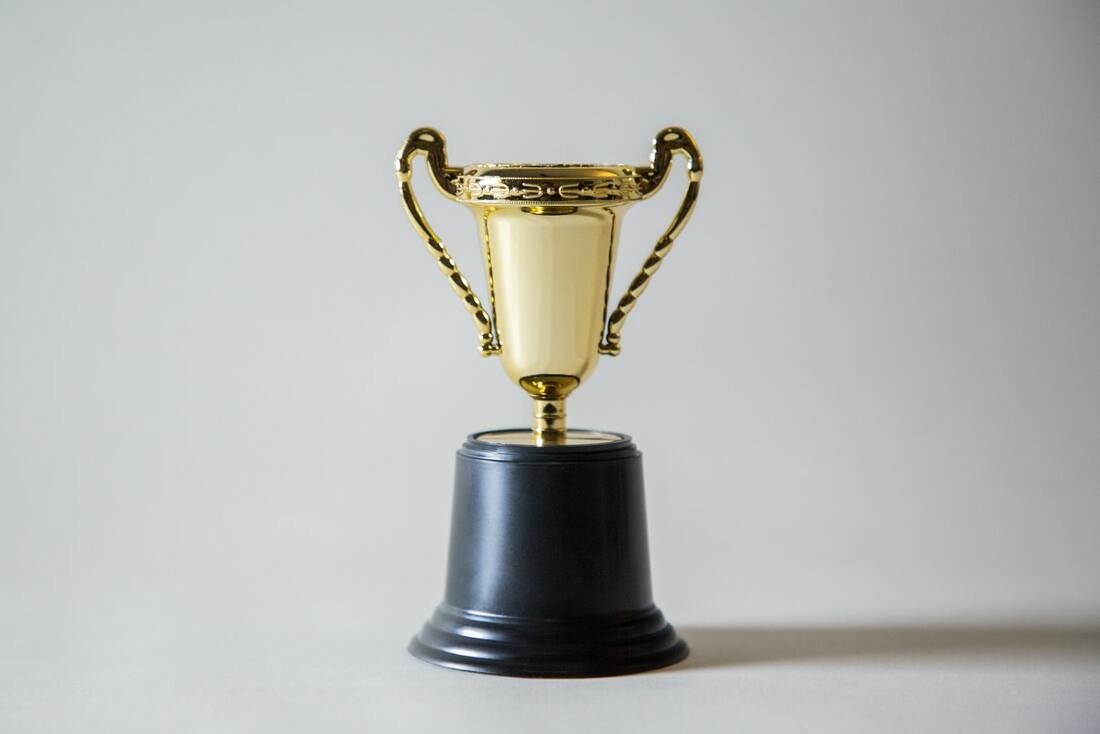

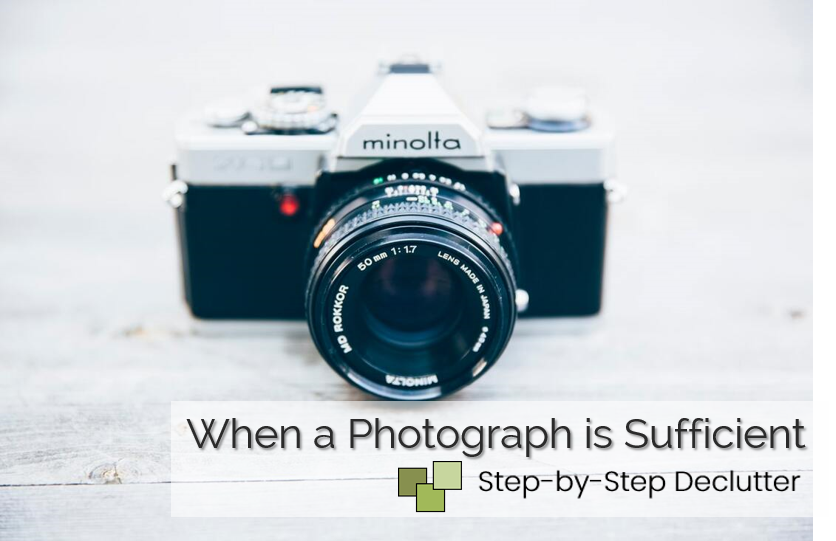
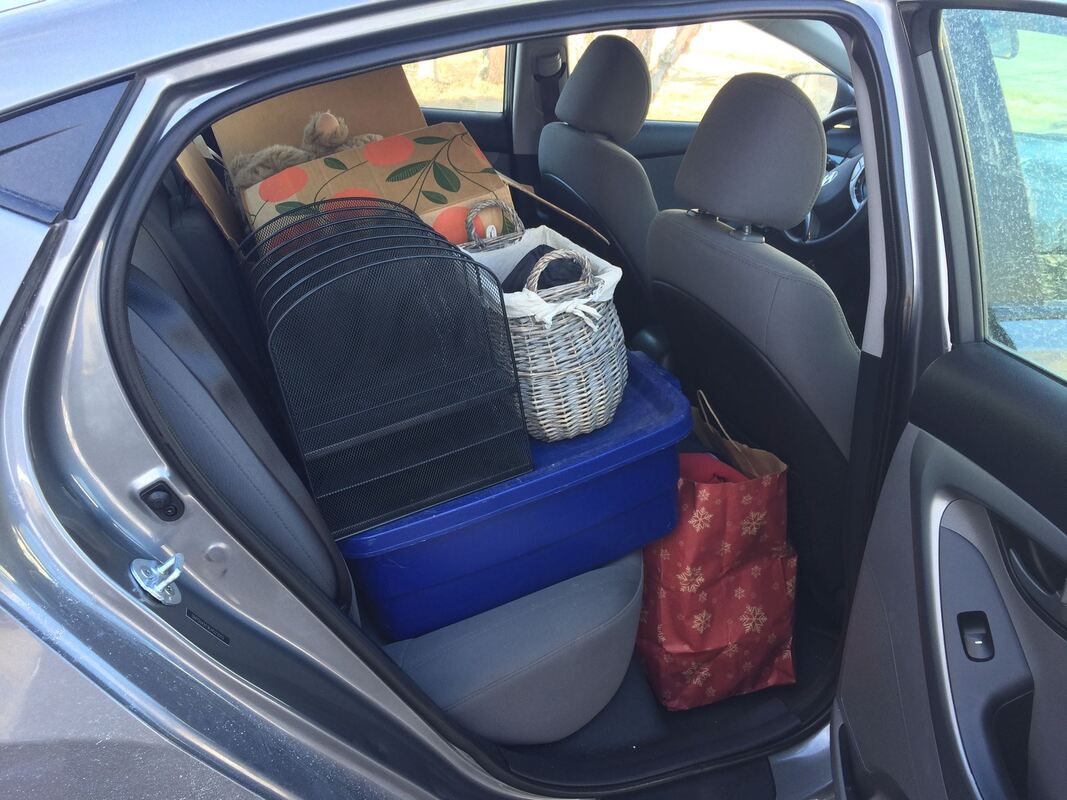
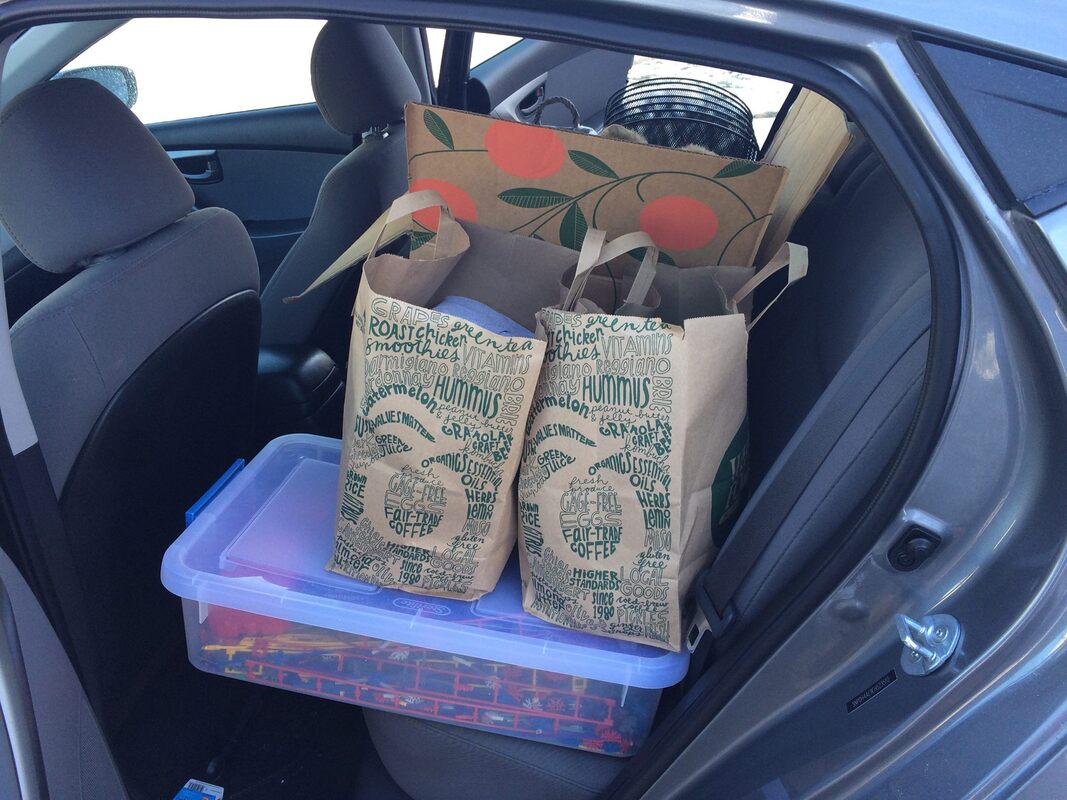
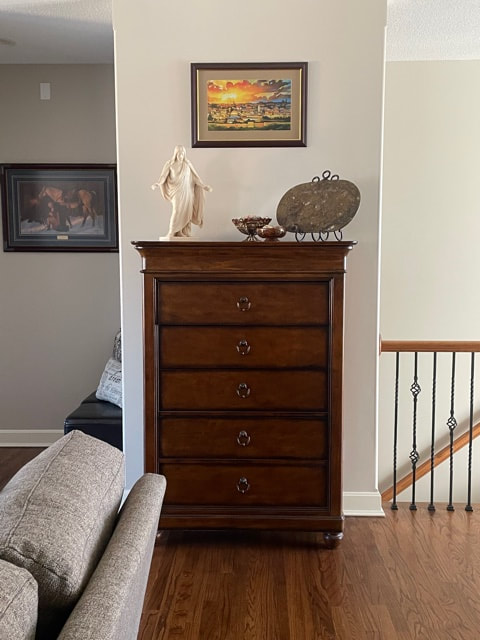
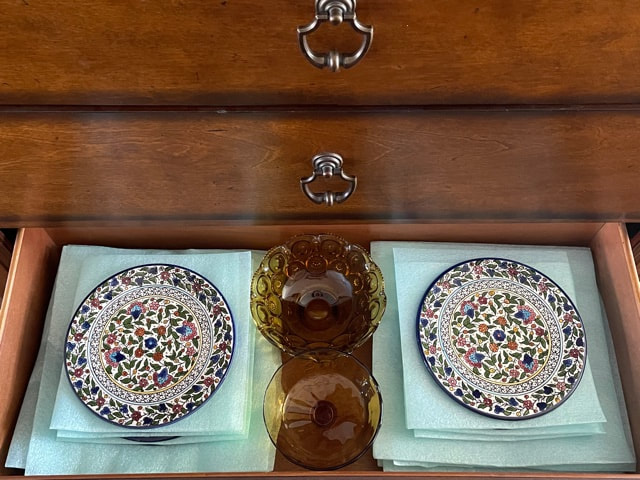
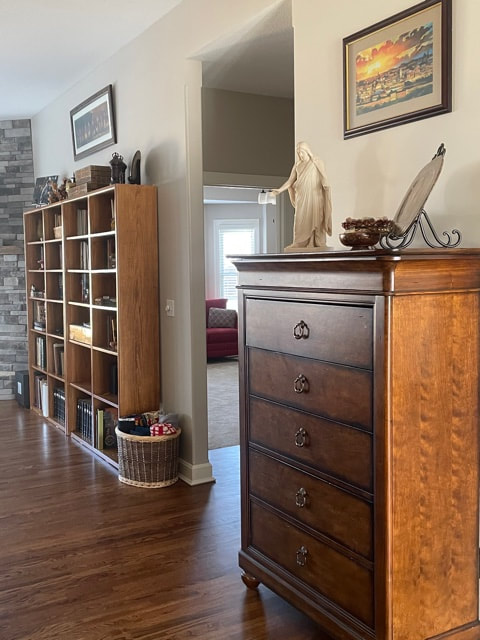
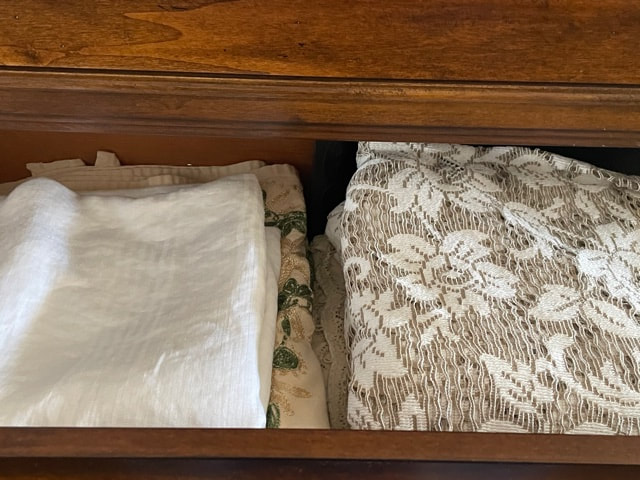
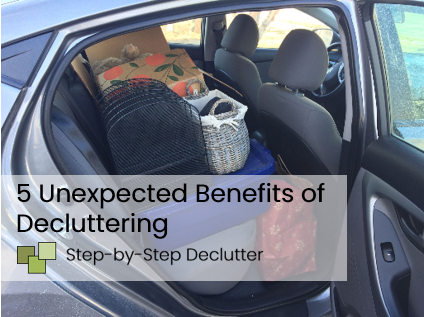

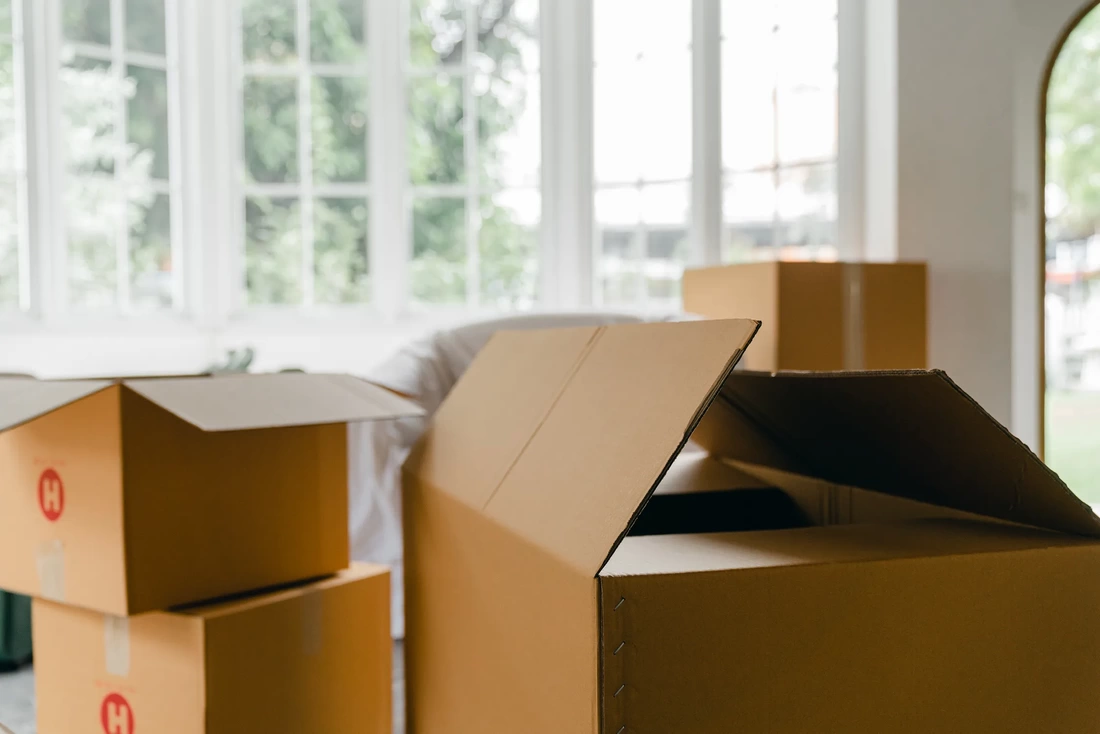
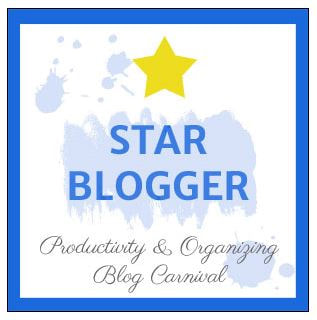
 RSS Feed
RSS Feed